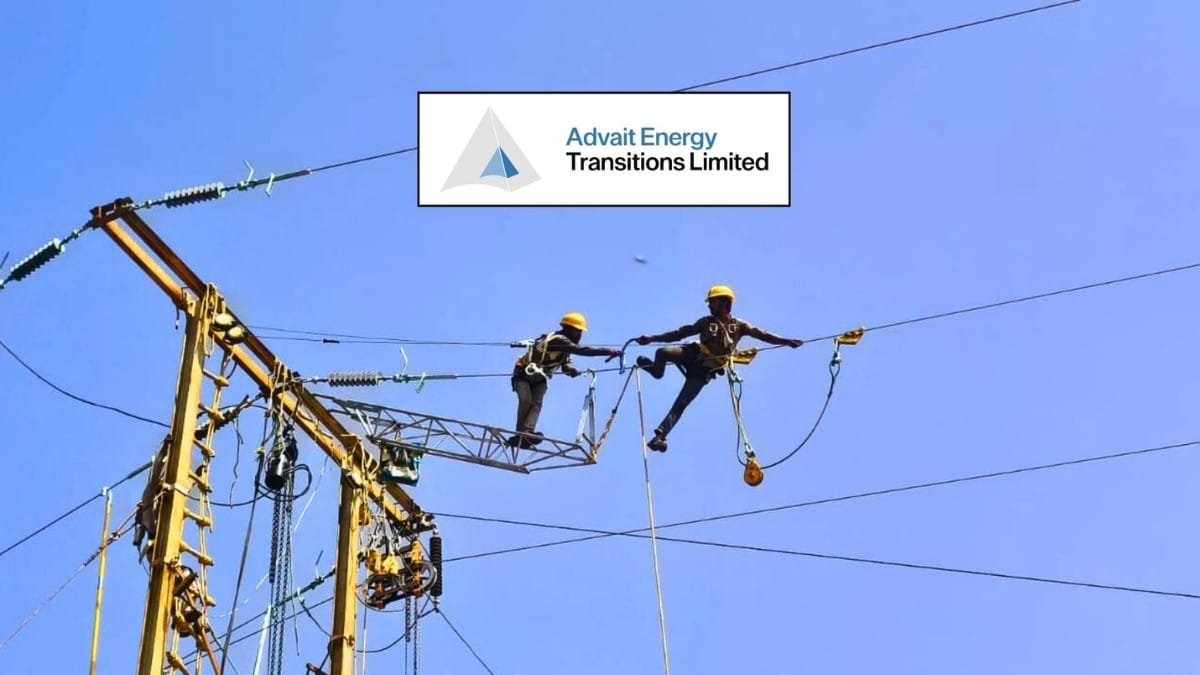
Ahmedabad (Gujarat) [India], July 31: India’s transition to clean energy is no longer a matter of choice—it’s an urgent need. As the country chases its ambitious renewable energy goals, from solar rooftops to massive wind farms and green hydrogen corridors, the spotlight tends to fall on generation technologies. Yet, one silent contributor continues to work behind the scenes, often overlooked but critical to the mission: the cable and wire industry.
While panels, turbines, and batteries grab headlines, it’s the intricate web of cables and wires that form the lifelines connecting energy sources to the grid and, ultimately, to consumers. Without these connections, clean energy remains stranded, unable to deliver its promise. In India’s journey toward sustainable power, it’s time we recognized the cable and wire sector as a key enabler of this transformation.
Powering the Green Infrastructure
India’s clean energy infrastructure is growing at an unprecedented pace. From large-scale solar parks in Rajasthan to offshore wind projects along the Gujarat coast, the expansion is truly national. But every project, regardless of its scale, requires a robust transmission system. That’s where cables and wires step in. Whether underground, overhead, or underwater, transmission systems depend on high-quality conductors that can efficiently carry power across long distances with minimal losses. Modern cables now come with enhanced insulation, temperature resistance, and environmental safety, making them compatible with renewable installations. Especially in solar and wind setups, which often exist in extreme weather conditions, the choice of cable can determine efficiency and longevity.
Urban Rooftop Solar: A Case for Specialized Cabling
India’s growing cities are gradually embracing rooftop solar systems to reduce electricity bills and lower their carbon footprint. But deploying solar PV panels on high-rise buildings and urban residences brings with it unique challenges in wiring. Conventional cables often cannot handle the direct exposure to sun, moisture, and fluctuating temperatures. Specialized solar cables, UV-resistant, weatherproof, and fire-retardant, are essential to ensure safety and performance. Additionally, as these systems feed electricity back into the grid, smart metering and bidirectional flow require advanced wiring networks with proper shielding and accuracy.
The wire and cable industry is not merely adapting to this change—it’s actively innovating for it. The availability of flexible, lightweight cables that can be easily installed in tight spaces has helped accelerate solar adoption in urban environments.
Enabling Electric Mobility with Charging Infrastructure
The EV revolution is underway in India, with government policies incentivizing buyers and promoting domestic manufacturing. However, a critical part of this ecosystem is the charging infrastructure, and again, it relies on cables. Fast-charging stations require high-voltage, flame-retardant, and weather-resistant wires capable of enduring continuous use. In public and residential EV stations, safety is paramount. The wrong choice of cable can lead to overheating, short circuits, or even fire hazards.
Moreover, the wire and cable industry is evolving with the EV space. Some Indian manufacturers are now offering high-ampere, high-flexibility charging cables tailored for fast DC chargers, alongside compact wiring solutions for electric two-wheelers and buses.
Green Hydrogen and the Need for Heavy-Duty Cabling
Green hydrogen, seen as the fuel of the future, is beginning to enter India’s energy landscape. Electrolyzers that split water into hydrogen and oxygen require uninterrupted, high-capacity power. These industrial setups, often in remote zones or near ports, need reliable power transmission over vast distances.
Heavy-duty cables that can carry the required load without energy losses become indispensable. With hydrogen setups expected to be located near renewable hubs, such as solar-rich regions or wind corridors, the cables must also be resilient to high UV exposure and chemical corrosion. The wire industry’s role in enabling these emerging technologies cannot be overstated.
Resilience in Grid Modernization
India’s existing power grids are aging and often inefficient, leading to transmission losses and outages. As the country modernizes its grid to accommodate more renewable energy, smarter and more resilient cables will be at the core of this transformation. Advanced wires with real-time monitoring capabilities can alert utilities to temperature spikes, mechanical damage, or overload conditions. Fiber optic cables, often embedded with power lines, are also enabling communication and data flow for smart grids. These developments are not peripheral, they are foundational.
The cable and wire industry is no longer about metal strands covered in plastic. It’s about intelligent, durable, and efficient solutions that allow a decentralized and digital grid to function seamlessly.
Rural Electrification and Distributed Energy
India’s push for 100% electrification has brought power to millions of homes. However, many rural areas still face intermittent supply and poor infrastructure. Microgrids powered by solar or biomass are emerging as feasible alternatives, especially in remote areas. Here, the wire and cable challenge is multifold. The terrain may be harsh, maintenance access is difficult, and costs must be kept low. Lightweight, corrosion-resistant, and easy-to-install wiring solutions are critical to the success of these microgrids.
By offering durable and affordable products, the cable and wire industry is playing a silent but vital role in democratizing energy access across rural India.
Manufacturing and Sustainability: A Tied Destiny
It’s not just about what cables do for clean energy, it’s also about how they are made. The Indian wire and cable manufacturing sector is itself undergoing a green shift. Several companies are now adopting eco-friendly insulation materials, recycling copper, and reducing the carbon footprint of production facilities. In fact, as international buyers demand greener supply chains, the Indian wire industry is adapting quickly. From RoHS-compliant products to lead-free manufacturing, sustainability is now embedded in both process and product.
This alignment with clean manufacturing strengthens the sector’s position in India’s wider green economy. It’s not just supporting renewable projects, it’s also walking the talk on sustainability.
Challenges that Still Need Addressing
Despite its growing relevance, the cable and wire industry faces several challenges. Counterfeit products, inconsistent quality standards, and lack of awareness among buyers often lead to substandard installations that jeopardize safety and efficiency. Moreover, the sector needs greater investment in R&D and skill development. As India’s energy transition becomes more complex and digital, wiring systems will require advanced designs, materials, and integration with IoT and AI systems.
Government recognition and policy support are also lacking. The cable industry rarely finds mention in clean energy dialogues, despite being critical to every solar panel, wind turbine, and charging station in the country.
Advait Energy Transitions Limited: Bridging Energy Infrastructure and Clean Technology
One company making measurable strides in this domain is Advait Energy Transitions Limited. As India ramps up its renewable energy infrastructure, Advait has been actively involved in enabling high-performance transmission systems for solar and wind projects across the country. Their turnkey execution of over 20,000 km of live-line OPGW installations ensures secure, fiber-integrated connectivity between renewable generation sites and national grids. Notably, Advait is also spearheading a 50 MW/100 MWh Battery Energy Storage System (BESS) project in Gujarat, a critical step toward stabilizing intermittent solar and wind power. In parallel, their manufacturing and EPC work in green hydrogen electrolyzer setups and solar-wind evacuation infrastructure signals their growing presence in next-gen energy ecosystems. By integrating advanced conductor systems and emergency restoration tools into renewable corridors, Advait is helping bridge the often-overlooked gap between clean energy generation and dependable delivery.
Conclusion
The clean energy transition is not just about what we build, but how well we connect it. Cables and wires might not be visible to the average citizen, but they are the unseen catalysts of our green future. From rooftop solar panels to sprawling EV networks, and from hydrogen production zones to digital smart grids, the wire and cable industry binds the entire clean energy ecosystem. Its contributions are silent, but indispensable. If India is to meet its climate goals and energy needs simultaneously, it must bring every stakeholder to the table. It’s time the cable and wire industry had a clear seat in that conversation, not just as a supplier, but as a strategic partner in shaping a sustainable future.
If you have any objection to this press release content, kindly contact pr.error.rectification@gmail.com to notify us. We will respond and rectify the situation in the next 24 hours.
